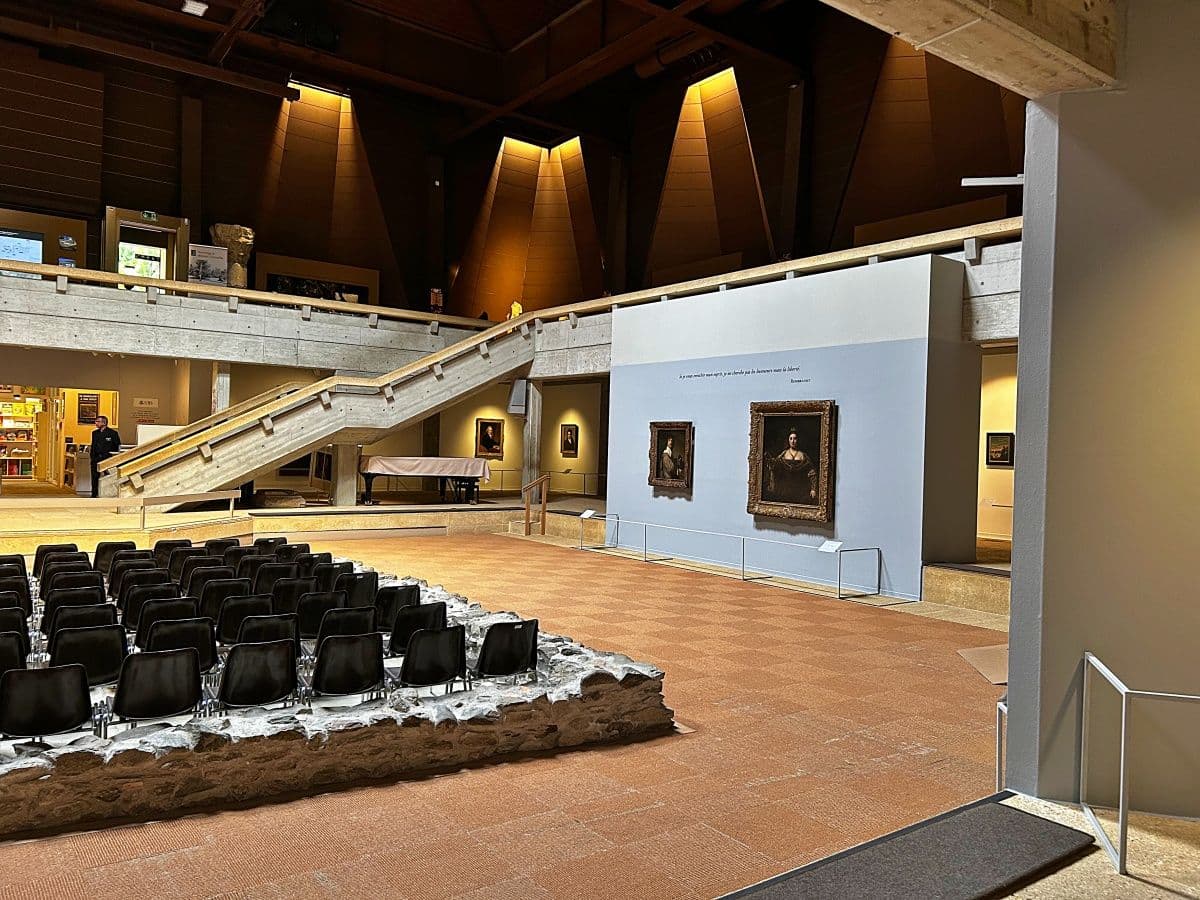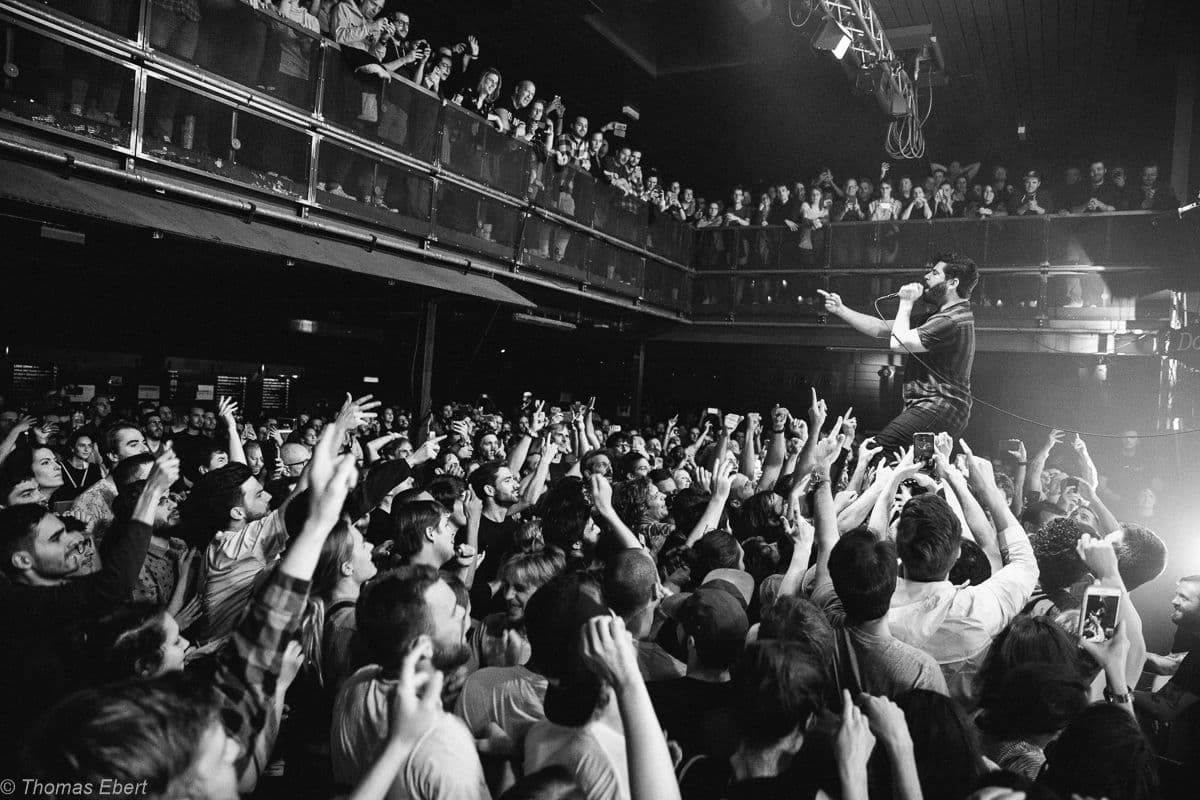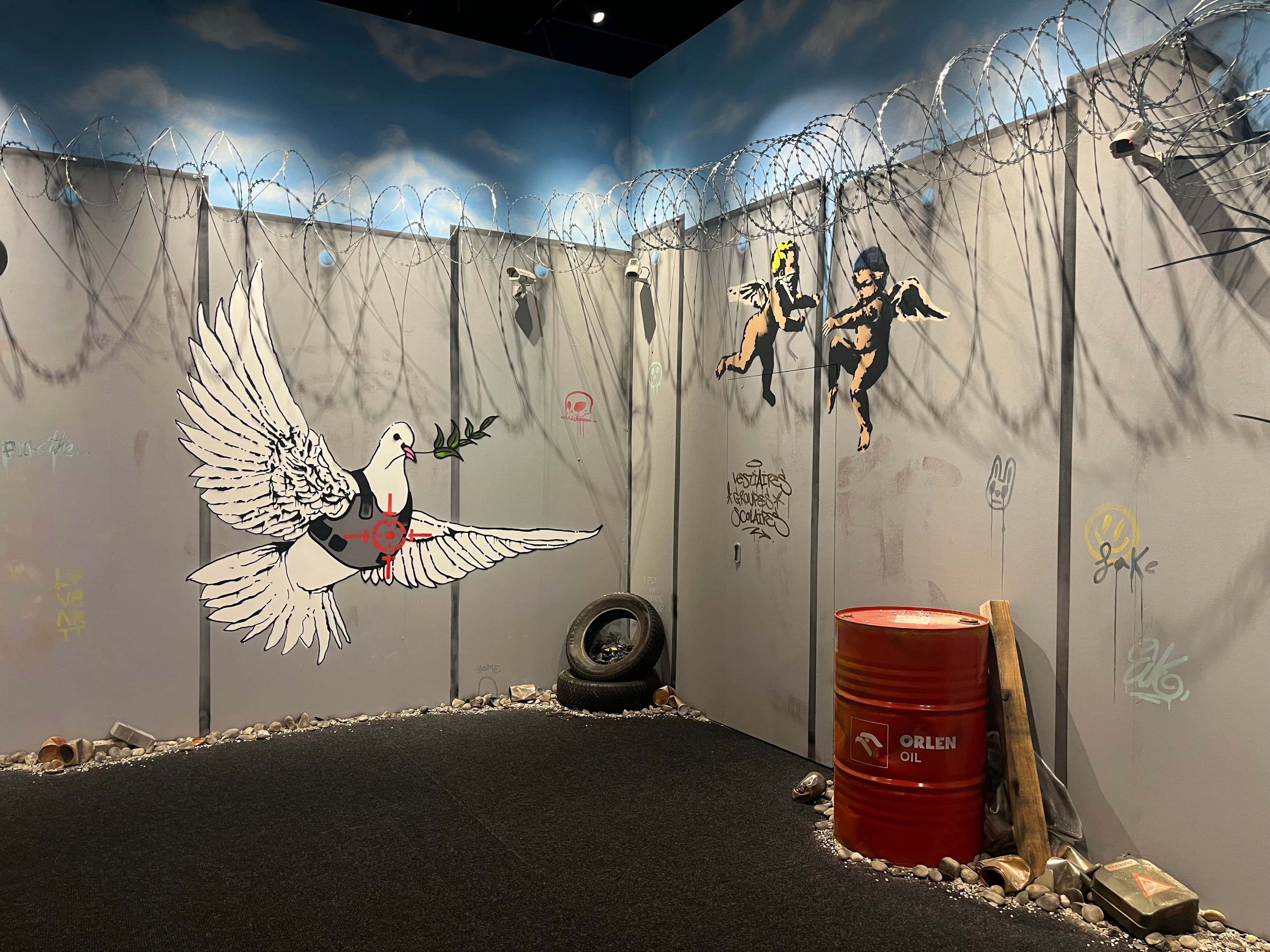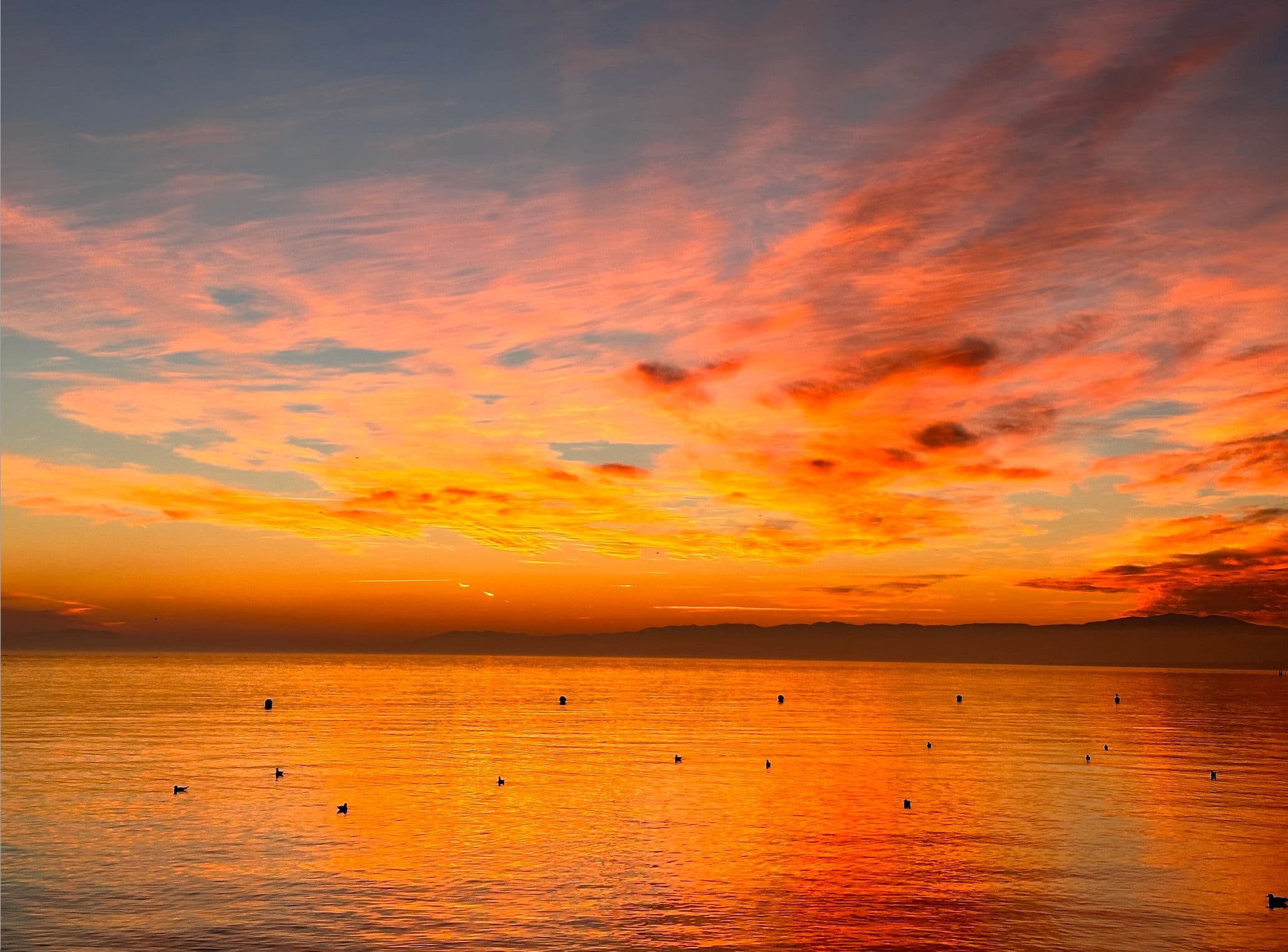If you find yourself driving through the Rhone Valley this summer, consider a detour to Martigny and the Fondation Pierre Gianadda.
Nestled at the crossroads of Alpine routes, the museum is hosting a lovely exhibition: From Rembrandt to Van Gogh. Despite what the title might suggest, this is not a blockbuster show crammed with dozens of works by those two household names. Instead, it’s something subtler—and in many ways, more rewarding.
Drawing on masterpieces from the Armand Hammer Collection at the UCLA Hammer Museum in Los Angeles, the exhibition offers a sweeping survey of European painting (with a few American works peppered in) from the 17th to the early 20th centuries. For art lovers in Europe, it’s a rare chance to see works that usually live an ocean away in California.
While there are only a couple of paintings by Rembrandt and Van Gogh on display, they act as bookends to a rich narrative. From luminous Dutch portraits to shimmering French Impressionism, the show is a testament to how artistic styles evolved over centuries—and how they’re all part of a larger, ongoing conversation about how we see and portray the world.

The real highlight for me was Rembrandt’s Junon. One of two works by the Dutch master in the show, Junon (the Roman goddess Juno, wife of Jupiter) is an arresting presence. The painting is impressive in size, but even more so in its sense of intimacy and power. Junon fills the frame, corpulent, confident, serene, in her halo of the characteristic Dutch dark background.
She gazes out at the viewer with steady eyes—kind but frank, slightly indifferent, and utterly assured of her own value. There’s nothing demure or shy here. The exhibition brochure describes her perfectly: “Junon ne rayonne pas par autorité ostentatoire mais par une grandeur intérieure, par une souveraineté douce et méditative. Le tableau dépasse ainsi sa fonction de portrait allégorique: il devient un manifeste pictural sur la dignité féminine et la mémoire incarnée du pouvoir.”
La mémoire incarnée du pouvoir. Damn.

Standing in front of her, I felt compelled to soak up her energy, to channel some of her fearless presence. And yet I couldn’t help but feel insecure and slightly bashful. What would she think of me—and my own inferior expression of femininity, wracked with social-media-fueled insecurities. Somehow, I suspect Junon would not be particularly impressed that I’d cracked and bought cellulite cream just that morning…
Beyond Junon, there are other highlights worth lingering over. A painting by Degas reminded me that his work can still move me to tears, stirring memories of standing in the wings of a stage, hearing the orchestra tuning up, and feeling the electric hush before the curtain rises. Elsewhere, a portrait of the cheekiest little dog, confirming that Toulouse-Lautrec would definitely have been someone I’d have joined for an absinthe and a good laugh. There’s also a series of sculptures by French artist Honoré Daumier, mocking the pretensions of important men—their pomp personified in exaggerated facial expressions and bulbous profiles. These caricatured figures sit alongside stately paintings of church leaders and societal elites, prompting a wry reflection on the power we so often attribute to titles and access.

So if your summer plans include hiking or cycling in the Alps—or even just a scenic drive—consider stopping by Martigny. From Rembrandt to Van Gogh is a reminder that sometimes the most memorable discoveries happen in unexpected places. And who knows? You might leave feeling as regal—and as formidable—as Junon herself.
Fondation Pierre Gianadda
Martigny
Exhibit open until December 2, 2025




